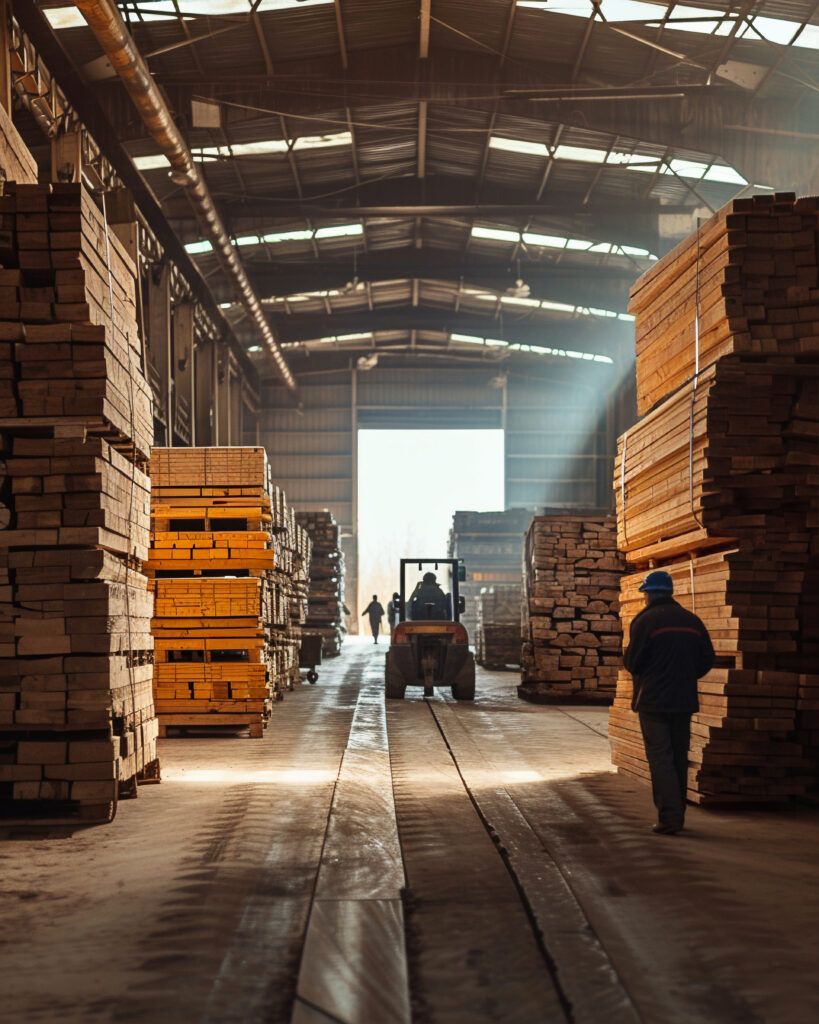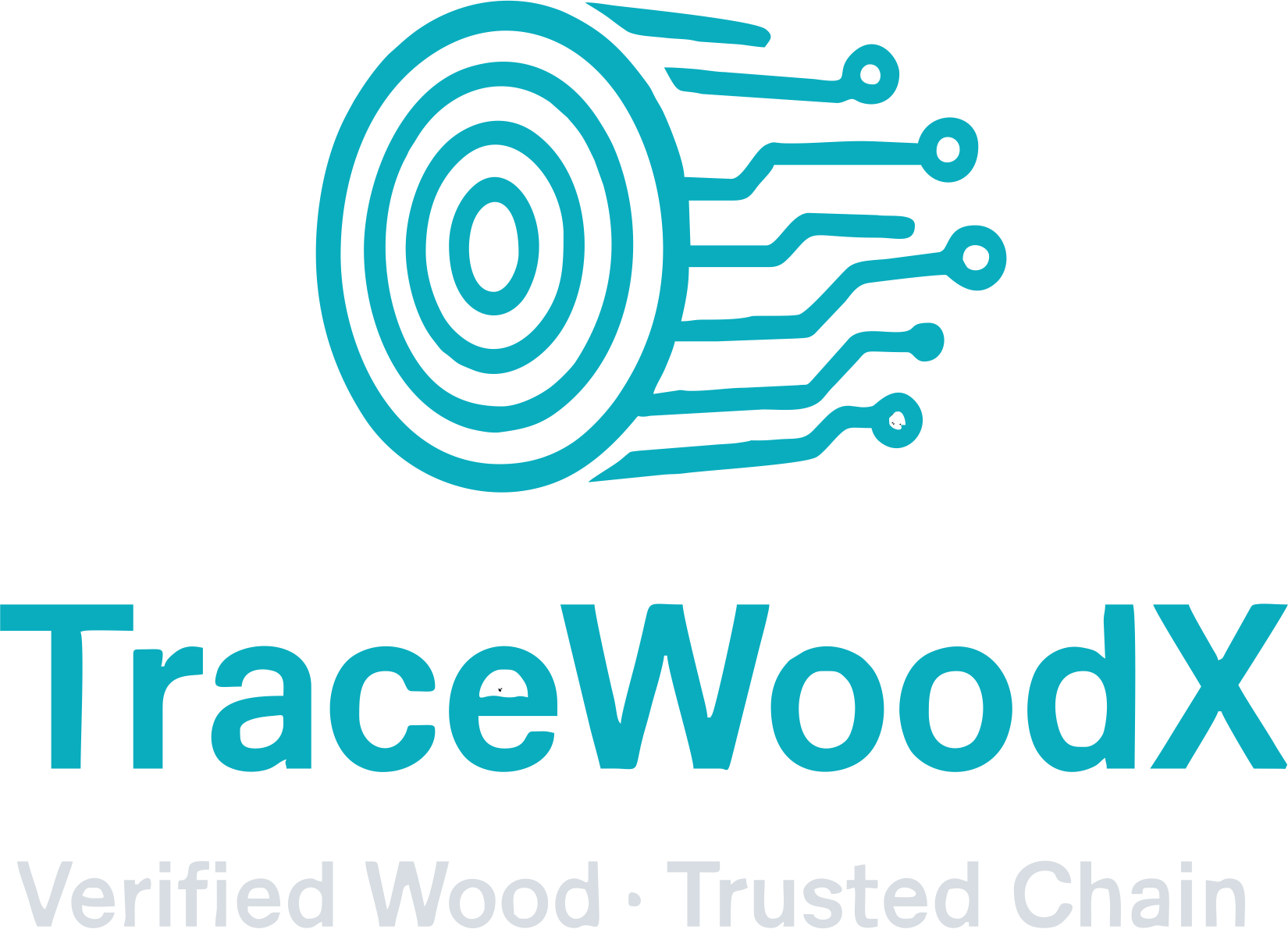How WoodtraceX Works
WoodtraceX is not just a tool it’s a compliance ecosystem.
With these tools, even small exporters can achieve compliance with the sameefficiency as large companies.
Solutions
Every supply chain actor has unique compliance needs—WoodtraceX provides tailored
solutions:
For Manufacturers & Exporters:
Simplify document collection, generate reports, and prove compliance to EU buyers.
For Forest Farmer Groups:
Easy-to-use geo-mapping and traceability tools to manage community forests.
For Traders / Aggregators:
Manage batch-level traceability across multiple suppliers.
For EU Importers (Operators):
Reduce risk by verifying supplier compliance data instantly.
Faq
Frequently Asked Questions
Implementation of the EU Deforestation Regulation
Traceability
Traceability to the plot of land (i.e., the requirement to collect the geographic coordinates of
the plots of land where the commodities were produced) is necessary to demonstrate that
there has been no deforestation at the specific location of production.
Scope
The Regulation applies only to products listed in Annex I. Products not included in Annex I are
not subject to the requirements of the Regulation, even if they contain relevant commodities
in the scope of the Regulation. For example, soap will not be covered by the Regulation, even
if it contains palm oil.
Subjects of obligations
As defined in Art. 2(15) of the Regulation, an operator is a natural or legal person who places relevant products on the EU market (including by importing them) or exports them from the EU in the course of a commercial activity. This definition also covers companies that transform one product of Annex I (which has already been the object of due diligence) into another product of Annex I, where such transformation corresponds to a change of HS Code (see FAQ 3.1.1). For example, if company
A, based in the EU, imports cocoa butter (HS code 1804, included in Annex I), and company
B, also based in the EU, uses that cocoa butter to produce chocolate (HS code 1806, included
in Annex I) and places it on the EU market, both company A and B would be considered
operators under the regulation. Company A would be considered the “upstream operator”,
whereas company B would be a “downstream operator”.
Definitions
These definitions are the basis for the obligations for companies and stakeholders in third countries that have commercial relations with the EU, as well as for EU competent authorities.
Due Diligence
As a general rule, operators (and traders which are not SMEs) will have to set up and maintain a Due Diligence System in accordance with Art 12 of EUDR.
The exercise of due diligence consists of three steps.
As step one, they would need to collect the information referred to in Art. 9 of the Regulation,
such as the commodity or product which they intend to place (or make available in case of
non-SME traders) on the EU market or export, including under customs procedures ‘release
for free circulation’ and ‘export’, as well as the respective quantity, supplier, country of
production, evidence of legal harvest, among others.

Are you interested?
For a more complete FAQ, click on “get in touch”.
